How To Clean Pen Nib ?
To clean a pen nib, you can start by removing the nib from the pen if possible. Then, rinse the nib under warm water to remove any excess ink. Gently rub the nib with a soft cloth or sponge to remove any stubborn ink stains. If the nib is still dirty, you can soak it in a cup of warm water for a few minutes to loosen the ink. After soaking, rinse the nib again under warm water and dry it thoroughly before reattaching it to the pen.
1、 Soak in warm water
To clean a pen nib, one effective method is to soak it in warm water. This process helps to remove dried ink and other debris that may have accumulated on the nib. Here's a step-by-step guide on how to clean a pen nib using this method:
1. Fill a small container or cup with warm water. Make sure the water is not too hot, as it may damage the nib.
2. Remove the nib from the pen. Most pen nibs can be easily unscrewed or pulled out from the pen body. If you're unsure how to do this, refer to the pen's user manual or contact the manufacturer for guidance.
3. Place the nib in the container of warm water. Ensure that the nib is fully submerged in the water. Let it soak for about 10-15 minutes. This allows the warm water to soften and dissolve any dried ink or residue on the nib.
4. After soaking, gently agitate the nib in the water. This helps to dislodge any stubborn ink particles or debris that may still be clinging to the nib.
5. Remove the nib from the water and rinse it under running tap water. Use your fingers or a soft brush to gently scrub the nib, ensuring that all traces of ink and debris are removed.
6. Once clean, pat the nib dry with a clean cloth or paper towel. Ensure that it is completely dry before reassembling it back into the pen.
It's worth noting that different pen nibs may require slightly different cleaning methods. Some nibs may be more delicate and require extra care, while others may benefit from using a pen cleaning solution or a specialized nib cleaner. Always refer to the manufacturer's instructions or seek professional advice if you're unsure about the best cleaning method for your specific pen nib.
In recent years, there has been an increasing trend towards using ultrasonic cleaners for pen nib cleaning. These devices use high-frequency sound waves to create tiny bubbles that gently remove dirt and ink from the nib. Ultrasonic cleaning can be a quick and efficient method, especially for stubborn stains or heavily clogged nibs. However, it's important to note that not all pen nibs are suitable for ultrasonic cleaning, so it's essential to check the manufacturer's recommendations before using this method.
In conclusion, soaking a pen nib in warm water is a simple and effective way to clean it. However, it's important to consider the specific requirements of your pen nib and adjust the cleaning method accordingly. Regular cleaning and maintenance will help ensure optimal performance and longevity of your pen nib.
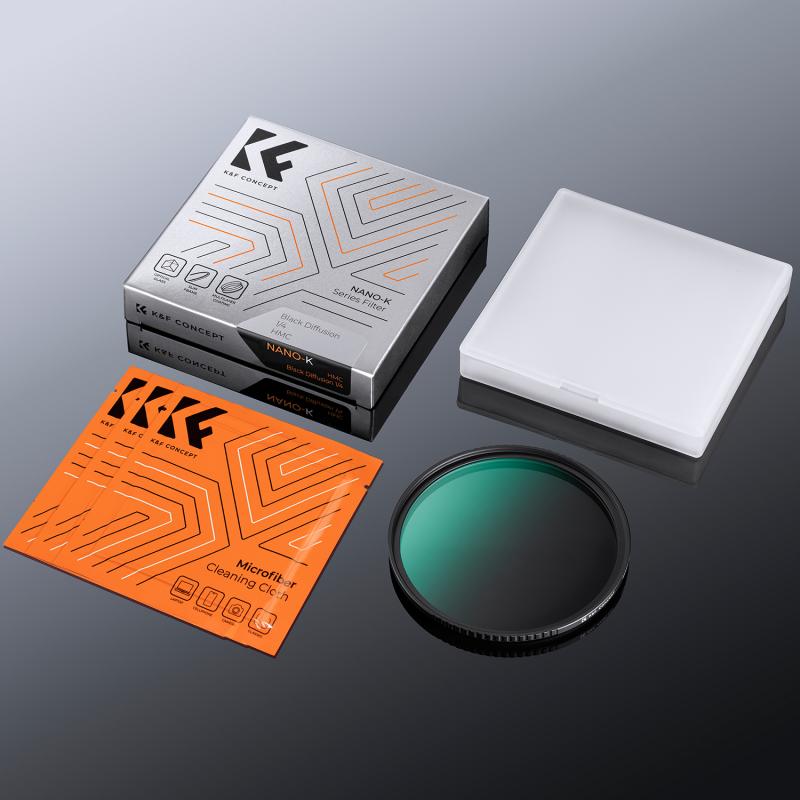
2、 Use a gentle cleaning solution
To clean a pen nib, you can use a gentle cleaning solution. The nib of a pen can often get clogged with ink residue, which can affect the quality of your writing. Cleaning the nib regularly can help maintain its performance and extend its lifespan.
To start, remove the nib from the pen if possible. Some pens have removable nibs, while others may require you to clean the nib while it is still attached to the pen. If the nib is removable, gently unscrew it from the pen body.
Next, prepare a gentle cleaning solution. You can use a mixture of warm water and a mild dish soap or a specialized pen cleaning solution. Avoid using harsh chemicals or solvents, as they can damage the nib.
Dip the nib into the cleaning solution and gently swirl it around. This will help loosen any dried ink or debris that may be clogging the nib. You can also use a soft toothbrush or a cotton swab to gently scrub the nib.
After cleaning, rinse the nib thoroughly with clean water to remove any soap residue. Pat it dry with a clean cloth or let it air dry before reassembling the pen.
It's important to note that different types of pen nibs may require specific cleaning methods. For example, fountain pen nibs may need to be flushed with water or soaked in a pen cleaning solution for a longer period. Always refer to the manufacturer's instructions or consult a pen specialist for specific cleaning recommendations.
In recent years, there has been a growing interest in eco-friendly cleaning solutions. Some pen enthusiasts have started using natural alternatives such as vinegar or lemon juice mixed with water to clean their pen nibs. These solutions can be effective, but it's important to test them on a small area of the nib first to ensure they don't cause any damage.
Regularly cleaning your pen nib will not only improve its performance but also prevent ink buildup that can lead to clogging. By using a gentle cleaning solution and following the manufacturer's instructions, you can keep your pen nib in optimal condition for a smooth and enjoyable writing experience.
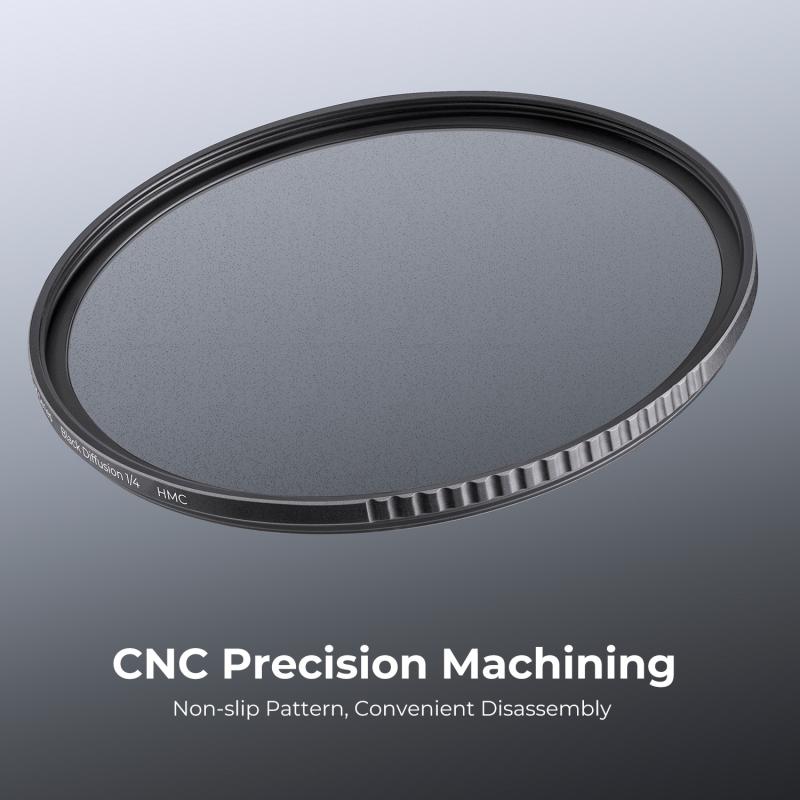
3、 Scrub with a soft brush
To clean a pen nib, you can follow a few simple steps. One effective method is to scrub the nib with a soft brush. This will help remove any dried ink or debris that may be clogging the nib and affecting its performance.
Start by gently rinsing the nib under warm water to remove any excess ink. Then, take a soft brush, such as a toothbrush or a specialized pen cleaning brush, and dip it in warm soapy water. Gently scrub the nib in a circular motion, being careful not to apply too much pressure as it may damage the delicate tip.
If the nib is particularly dirty or clogged, you can also soak it in warm soapy water for a few minutes before scrubbing. This will help loosen any stubborn ink or debris. After scrubbing, rinse the nib thoroughly under warm water to remove any soap residue.
It's important to note that different types of pen nibs may require different cleaning methods. For example, fountain pen nibs may need to be flushed with a bulb syringe or soaked in a pen cleaning solution. It's always a good idea to consult the manufacturer's instructions or seek advice from pen enthusiasts or professionals for specific cleaning recommendations.
In recent years, there has been an increase in the popularity of disposable pen nibs, which can be easily replaced when they become clogged or worn out. These nibs eliminate the need for extensive cleaning and maintenance, making them a convenient option for those who prefer a hassle-free writing experience.
Overall, cleaning a pen nib by scrubbing with a soft brush is a simple and effective method to maintain its performance and longevity. Regular cleaning will ensure smooth and consistent ink flow, allowing you to enjoy a pleasant writing experience.
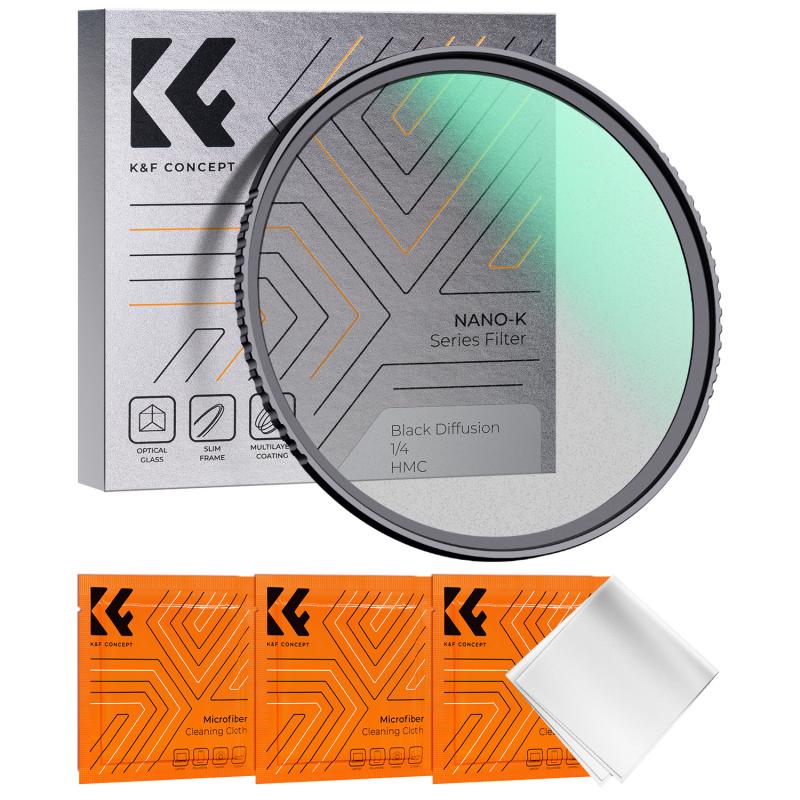
4、 Rinse thoroughly
To clean a pen nib, there are a few steps you can follow. First, remove the nib from the pen if possible. This will make it easier to clean and ensure a more thorough job. Next, rinse the nib under warm water to remove any excess ink. Gently rub the nib with your fingers or a soft cloth to help dislodge any stubborn ink residue.
If the nib is still dirty, you can try soaking it in a cup of warm water for a few minutes. This will help to loosen any dried ink and make it easier to clean. After soaking, rinse the nib again under warm water and gently scrub it with a soft toothbrush or a pen cleaning solution if available.
It's important to rinse the nib thoroughly to remove any cleaning solution residue, as this can affect the performance of the pen. Once you are satisfied with the cleanliness of the nib, pat it dry with a clean cloth and reassemble it back into the pen.
It's worth noting that different types of pen nibs may require slightly different cleaning methods. For example, some fountain pen nibs may need to be flushed with a bulb syringe or soaked in a pen flush solution for a more thorough cleaning. It's always a good idea to consult the manufacturer's instructions or seek advice from pen enthusiasts for specific cleaning recommendations.
In conclusion, cleaning a pen nib involves rinsing thoroughly with warm water, gently scrubbing with a soft cloth or toothbrush, and possibly soaking in water or a pen cleaning solution if necessary.








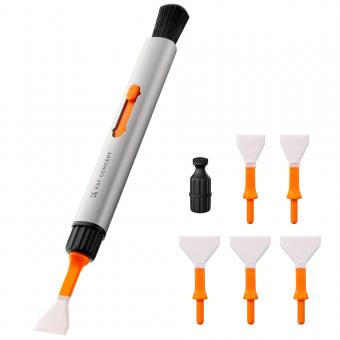




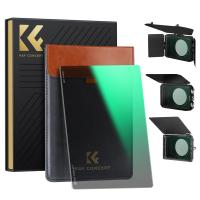
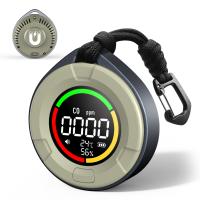
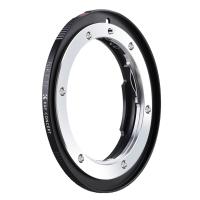
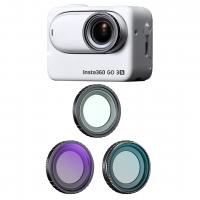

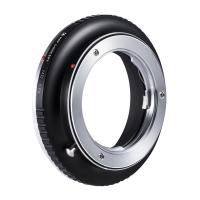



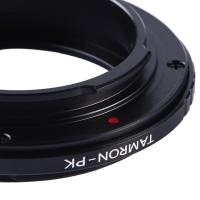
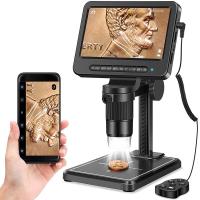
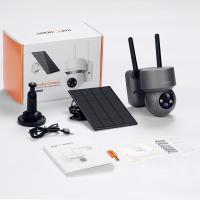
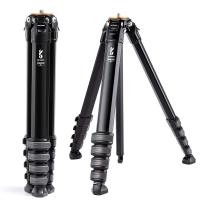

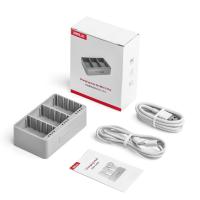
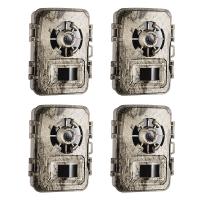
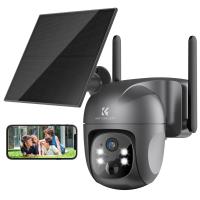

There are no comments for this blog.